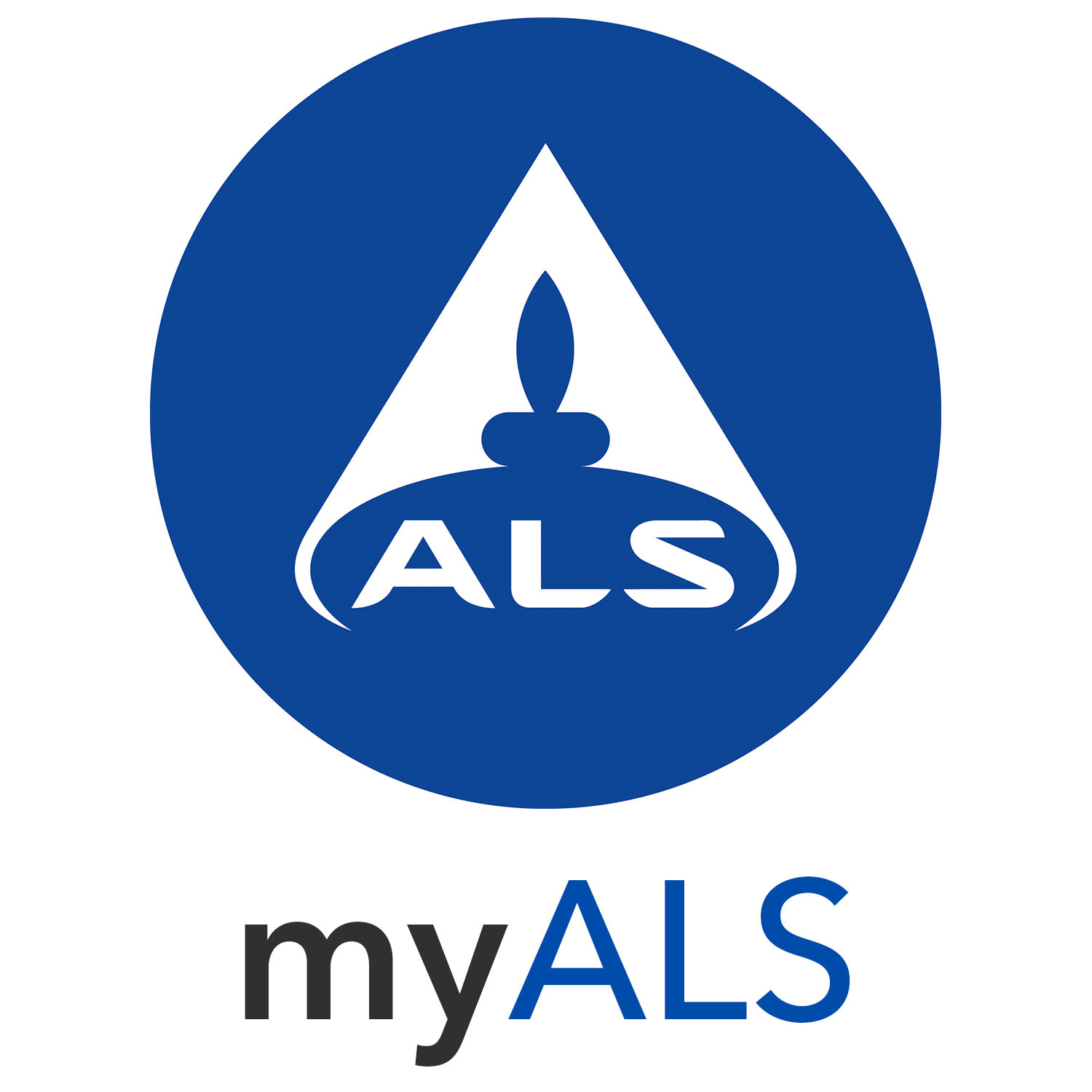Halo Acetic Acid & Dalapon Analysis
ALS Laboratories are the first UK laboratory to offer Halo Acetic Acids (HAA's) and Dalapon as a UKAS ISO 17025:2005 and Drinking Water Testing Specification (DWTS) accredited test for the full speciation. This analysis is conducted at our Drinking Water centre of excellence in Wakefield, Yorkshire.
HAAs are formed during the disinfection of drinking water by the reaction between free chlorine and bromide with naturally occurring organic matter e.g. humic and fulvic acids. As some of these compounds, like dichloroacetic acid, are classified as probable human carcinogens, they are regulated by the US Environmental Protection Agency (EPA) under the Stage 1 Disinfectants/Disinfection Byproducts (D/DBP) Rule.
Please click here to download the ALS Technical Datasheet on HAA's and Dalapon.
There are nine HAA congeners that contain chlorine or bromine. Five of the HAAs (HAA5) are regulated in the USA under the Stage 1 D/DBP Rule, including:
- monochloroacetic acid (MCAA)
- dichloroacetic acid (DCAA)
- trichloroacetic acid (TCAA)
- monobromoacetic acid (MBAA)
- dibromoacetic acid (DBAA).
The USEPA have set a maximum contaminant level (MCL) of 60 µg/L for HAA5. The four unregulated congeners include:
- bromochloroacetic acid (BCAA) and brominated trihaloacetic acids,
- bromodichloroacetic acid (BDCAA),
- chlorodibromoacetic acid (CDBAA),
- tribromoacetic acid (TBAA).
Total haloacetic acids are calculated as the sum of the concentrations of nine HAAs.
Water utilities that are making changes in their treatment processes may want to collect data on the formation of all nine HAAs. This is because some treatment changes cause the speciation of HAAs to shift to the more brominated compounds. Information regarding these changes provides the water utilities with a better understanding of their water quality in relation to DBPs.


